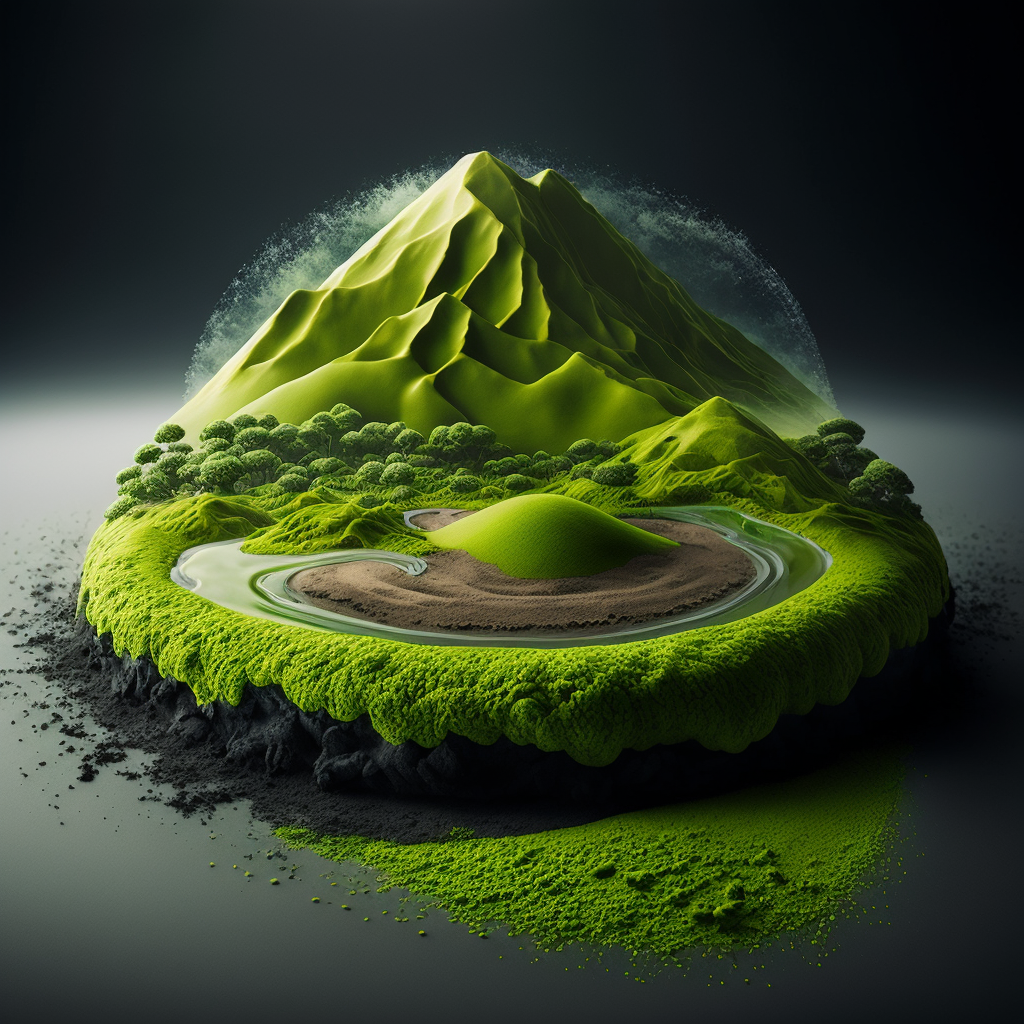Matcha
Why Matcha over Green Tea?
Matcha is a type of green tea that is grown and processed in Japan. It is made from the leaves of the Camellia sinensis plant, which is the same plant used to make other types of green tea. However, matcha is unique in several ways:
-
Matcha is shade-grown: The leaves used to make matcha are grown in the shade for several weeks before harvest. This increases the chlorophyll content in the leaves, which gives matcha its bright green color and unique flavor.
-
Matcha is stone-ground: After the leaves are harvested and steamed, they are dried and then ground into a fine powder using traditional stone mills. This preserves the nutrients and flavor of the leaves, and makes matcha easy to mix into a variety of foods and drinks.
-
Matcha is high in antioxidants: Matcha is known for its high levels of antioxidants, specifically catechins, which are beneficial compounds that help to protect the body from free radicals and other harmful substances.
-
Matcha is a rich source of L-Theanine: Matcha is rich in L-Theanine, an amino acid that is known to promote relaxation and improve focus and concentration.
-
Matcha is an ancient beverage: Matcha has been consumed in Japan for over 800 years, and it has a rich cultural history. It is traditionally used in Japanese tea ceremonies, and it is considered an important part of Japanese culture and heritage.
-
Matcha is part of Japanese cuisine: Matcha is not only used as a beverage, but it’s also used in various Japanese dishes such as mochi, ice cream, pastries and more. It’s a great way to add some extra flavor and health benefits to your meals.
-
Matcha is versatile: Matcha is not only used in traditional Japanese teas and dishes, but it can also be used in smoothies, lattes, baking, and even cooking. It’s a versatile ingredient that can add flavor and nutrition to a variety of foods and drinks.


